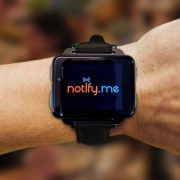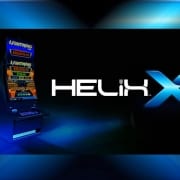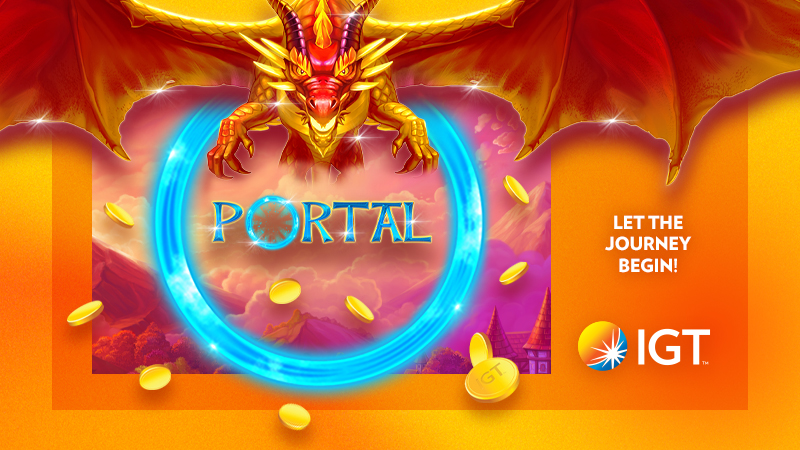CUSTOMER SERVICE RECOVERY: PART OF THE PLAN IS NOT: “I know you’re pissed off – but can you wait until I ask my boss first?”
| Part 3 of a series by Steve Browne, Raving Service, Raving Consulting, Reno Nevada.
In Part I of this series, we talked about how NOT to recover customers. In Part II, we discussed the B.U.D.D.Y. system and the three commandments of customer recovery. We wrap it up in this final instalment with guidelines, tools and products, and briefly talk about training, measuring and rewarding. There is far more to effective customer recovery than just trying to train your employees in recovery techniques. With different levels of authority, training and ability, your workforce is a widely diverse group, whose ability to consistently delight upset customers with great recovery is suspect at best. After all, most of them are too consumed with just trying to provide adequate service, while accomplishing the many mechanics of their job descriptions. Therefore, you need a carefully thought-out recovery plan, with properly trained individuals, who are given the task of performing customer recovery across all shifts, and every hour of the day that you are open. How you do this, is open to a great deal of customisation to your particular needs. There is no right or wrong way. But there are some essential guidelines for developing a proper customer recovery system: 1. Adequate Coverage – recovery needs to be available every hour and minute of every day that you are open. Furthermore, you need an adequate number of recovery specialists for the size of your property, and for the expected level of business. A shift manager working an assigned shift might be a good candidate, but on a busy Friday night, you might need more than just one manager overall (or by department). 2. Proper Authority – in order to follow the dictates of the recovery commandments (apologise, fix, offer), the individuals charged with executing this process need to have the proper authority and ability to act immediately. Nothing halts superior service recovery faster than an insincere, “Well, I might be able to do that, but I will have to check with MY boss.” The ability to act RIGHT NOW is critical to superior recovery. 3. Effective Communication – the left hand has to know what the right hand is doing. Whether this is through recovery shift reports passed from one shift to the next, a master report that is continually updated, or other communication efforts, your system must have thorough and comprehensive communication procedures that keep everyone in the loop. 4. Access to Marketing – customer service recovery is marketing in a big way. And your marketing personnel should have total input and access to your system. Proper follow-up of recovery efforts can translate into increased business and incremental revenues. 5. Organisational Review – the best, and most targeted, way to identify weaknesses in your organiSation, and to correct them, is through your recovery efforts. To perform customer service recovery (treat the symptoms) without following up to identify and correct internal operating problems (treat the disease), means that your recovery personnel are going to have their hands full for a long time. You do not want to offer that kind of job security. So create a system to follow up and fix problems. Recovery Tools and Products Okay, you’ve developed a recovery technique, identified and trained your recovery experts, and built a recovery system. Next, you need to look at the third commandment of service recovery, namely, offering something of value. This is a tricky subject, because you do not want your recovery efforts to simply boil down to bribing people to be happy. When we say offer something of value, we don’t just mean gifts, comps, or other material things. Sometimes, the most valuable offering is your time or attention. It can also be your accessibility to important managers, or the ability to define the guest’s experience in terms of their problem or issue. Suffice it to say that you need to clearly identify what constitutes “something of value,” and then build products under those definitions that your recovery experts can use. The following categories should be included: 1. Gifts from the Heart – include time and attention, follow-up, access to VIPs and events, etc. 2. Gifts from the Wallet – include comps, merchandise, logo items, food, drink, etc. 3. Gifts of Service – include special services, line passes, entry to VIP events, shows, limo rides, etc. You may think of other categories, but these are the main three around which you want to build the ability for your recovery staff to offer “something of value.” TRAIN, MEASURE & REWARD Do not forget this valuable aspect of your recovery program. Once you develop all of these things, you need to engage in the systematic training of your personnel. And you should even train non-recovery personnel on how to handle difficult customers and pass them on up the chain. That is a critical link in your recovery efforts. Measure everything. Get exit surveys from unhappy guests, file reports on each incident that your recovery staff handles, do follow-up surveys to determine the effectiveness of your efforts, and constantly share the results with your staff. Finally, make sure that the reward and recognition of your recovery staff is included. RecogniSe superior efforts. Pass out rewards and plaques. Feature recovery stars in regular employee communication vehicles, like a newsletter. And since successful recovery means incremental revenue for your organiSation, think about a reward bonus program that is tied to recovery efforts. Just like your hosts, recovery specialists build tangible revenue for your company, and you should consider rewarding them for those efforts in an appropriate manner. |
| Click here for Part 1: |













